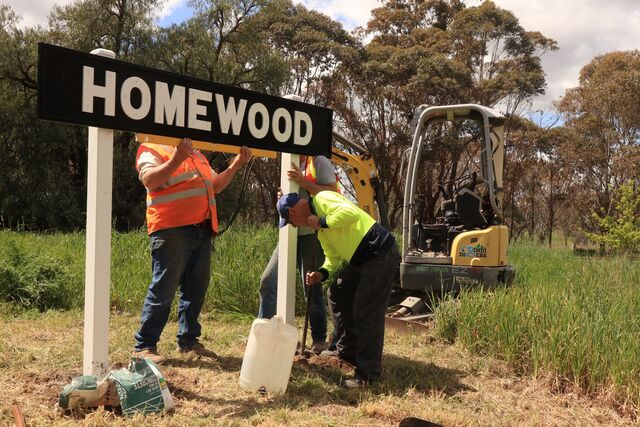By Rob Cook, Marketing Manager, TenderLink
Procurement, as the link between organisations and their external suppliers, plays a crucial role in ensuring business success.
Gone are the days when it was “all about the deal”, when cost was king and the primary goal was savings. Too many organisations realised, to their chagrin, that “cheap and nasty” is more than a colloquialism.
Purchase decisions are now based on business needs, and cost is only one element – and often far from the most important one. Dependability of supply is a major focus because any failure there impacts on the business as a whole. Just ask any business in South Australia affected by the recent power outages. Without a major raw material, their activities ground to a halt. Their concern at that stage was not about the cost of kilowatt hour, but rather about getting any power out of the grid.
A quality source of supply is crucial for the delivery of products and services, as Samsung found out the hard way with its Note 7 device. The mobile phones hit the headlines when they spontaneously burst into flames, and the negative publicity and recall cost the company at least US$5.3 billion.
The Korean giant traced the battery problems to two suppliers and, while it’s not clear if those two were the lowest bidders for the parts, it does show beyond any doubt the dependence of businesses on the quality of their suppliers.
There’s no doubt that risk increases as price decreases. That’s because low-bidding vendors usually have to cut their margins to sharpen their pricing. Often, this leaves them with little or no wiggle room, so they don’t have sufficient buffer to protect them – or their customers – when things go wrong.
Supplier selection is a vital element in business success and procurement is helping consolidate this success with an increased emphasis on securing and broadening supply chains.
This expanded focus is partly enabled by technology, which delivers procurement a much wider supplier reach than ever before. This same technology is also being more widely used to manage procurement activities, with professionals harnessing automation and analytics in their tender processes.
Appropriate tools and systems enable organisations to look beyond their known circle of suppliers and test the broader market for goods and services. Technology also allows buyers to qualify their suppliers and evaluate not only their pricing, but their ability to deliver. Organisations are able to identify potential risk areas and evaluate prospective suppliers’ capabilities objectively using smarter evaluation toolsets that apply rigorous rules to ensure the solutions are fit for purpose.
Businesses these days are more aware than ever about the need for supply chain security and they are looking for any help they can get to ensure continuity. Increasingly, they are also looking to their suppliers for innovation and faster, better and more efficient ways of meeting customer needs.
Within that framework, professional procurement is about understanding risk and addressing it to ensure business survival and success. Sometimes, that may mean paying more, or buying larger quantities, but those costs and compromises need to be weighed against the potential losses and damage should the supply chain fail.
Besides tender technology, a number of other applications are being deployed to facilitate procurement planning and to simulate various supply strategies and market dynamics. Similarly, the current generation of vendor management tools helps alert buyers to supply chain failures as soon as they begin. These early warnings are extremely valuable, allowing buyer organisations to act swiftly to address system failures or, at worst, to look for new suppliers.
Of course, procurement can’t totally eliminate risk, but the use of appropriate technology can at least help identify and quantify it – and enable organisations to understand the potential problems and mitigate against them by selecting a supply chain best suited to the business needs, practices and processes already in place. This technology needs to be supported by a comprehensive management system that continues to monitor the health of the supply chain on an ongoing basis. It’s one thing to select the best supplier, with the most appropriate goods and services at reasonable prices, but it’s just as important to ensure that they deliver reliably.
Rob Cook is Marketing Manager at TenderLink (www.tenderlink.com)
*Copy supplied by TenderLink







